Interesting facts about the McDonnell Douglas F-4 Phantom II; The fighter Bomber
Today we present the McDonnell Douglas F-4 Phantom II, a fighter bomber multirole attack aircraft with specifications of the two-seat and twin-engine design. This aircraft was built by the McDonnell Douglas to serve the US Navy in the 60s. Due to its extreme adaptability to various divisions of the army, the aircraft went to serve for the United States Marine Corps as well as the United States Air Force by the mid-60s.
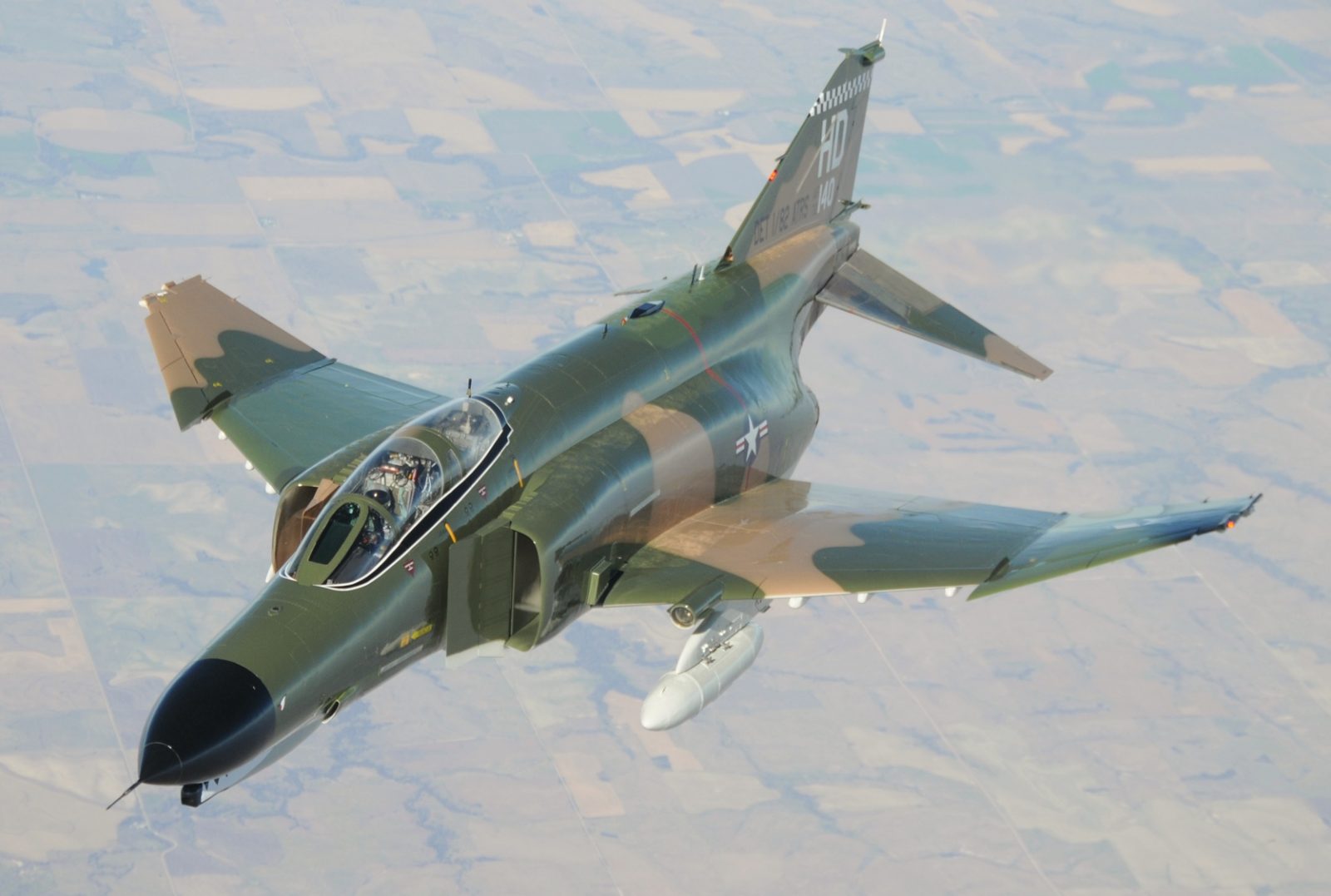
The McDonnell Douglas F-4 Phantom II was able to travel at a top speed of Mach 2.2 while carrying nearly 19000 pounds of weapons payload on its 9 external hardpoints that allowed it to tackle any enemy force for air-to-air and the air-to-surface combat.
The aircraft from back in 1959 started to set nearly 15 of the world aviation records for the following criteria.
- In-flight performance
- Speed records
- Altitude records
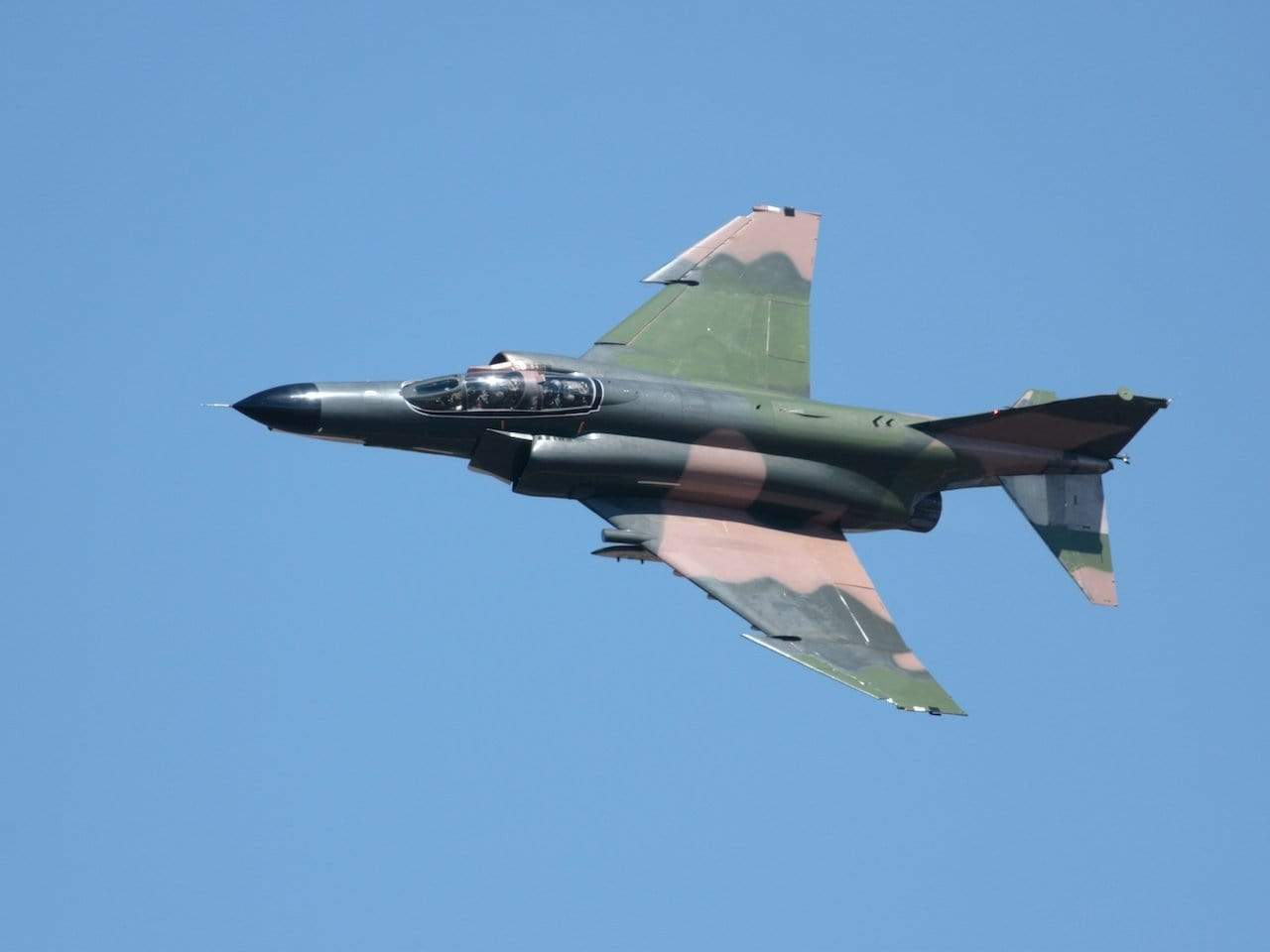
The time when the McDonnell Douglas F-4 Phantom II was most active during its service was during the Vietnam War during which it served as the primary air superiority attack fighter of the USAF, US Navy, and the USMC. Later it was used for other roles like the aerial reconnaissance and ground attacks. The aircraft went on to be the dominant aerial force of the US Army in the 70s and it slowly was replaced by the modern aircraft like the F-16 Fighting Falcon and the F-15 Eagle of the USAF, F0-14 Tomcat of the US Navy and USMC.

However, this still not marked the end of an era for the McDonnell Douglas F-4 Phantom II as it went on to serve as the reconnaissance aircraft for the US Army during the Persian Gulf War of 1991. It finally retired from service back in 1996.
For our readers, we have gathered a bunch of interesting facts about the McDonnell Douglas F-4 Phantom II; the fighter bomber.
Flexible Design
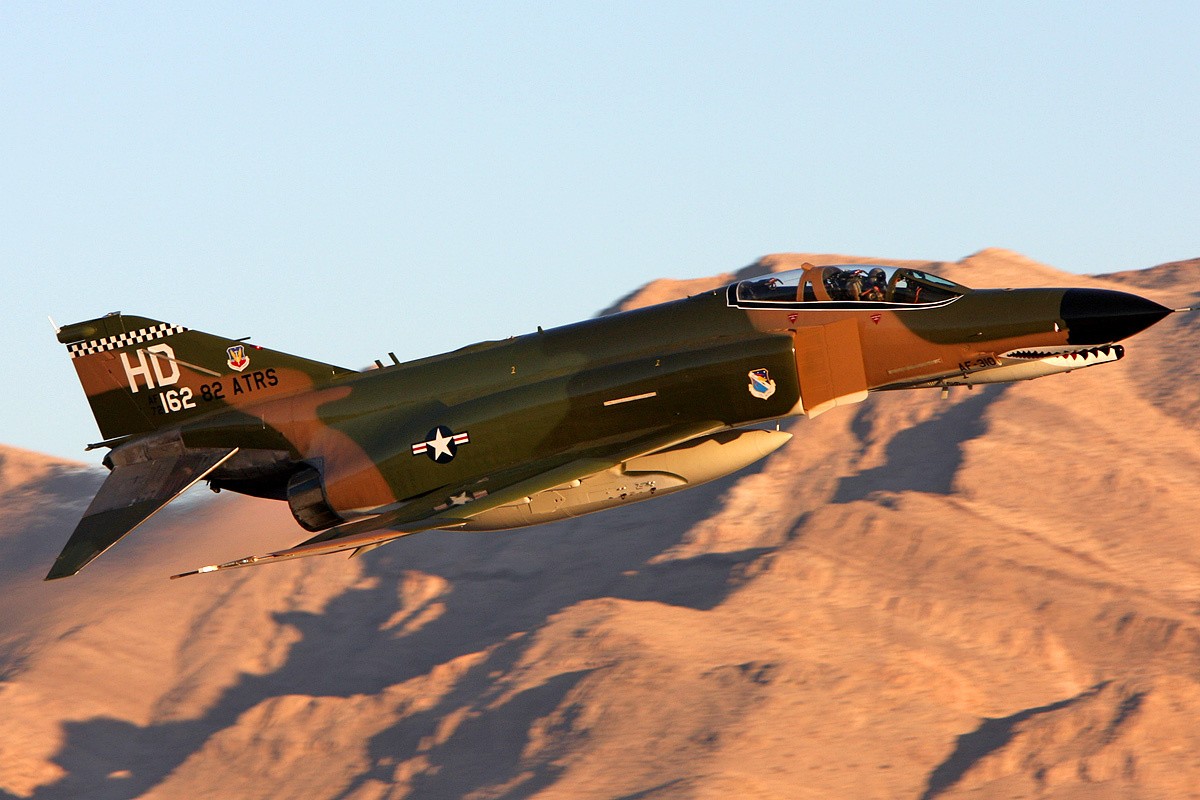
The McDonnell Douglas F-4 Phantom II was initially designed and built to carry out the following missions for the US Navy.
- Interdiction missions
- Fleet Air Defense
- Bombing runs
Before the McDonnell Douglas F-4 Phantom II could make any huge impacts on the fleet of Navy, it underwent several redesigning processes to achieve stability on its right-wing aerodynamics to achieve a stable speed of Mach 2.2. The aircraft still went on to underwent several modifications until in 1967, Navy made a consensus on the model named F-4E to be their versatile multirole attack fighter and bomber jet.
Powerplant & other specs

To power the McDonnell Douglas F-4 Phantom II, it was equipped with 2 of the General Electric J79-GE-17A axial compressor turbojets engines, each of which were able to create a dry thrust of 11905 lb/ft and an afterburner thrust of 17845 lb/ft.

These engines allowed for the F-4E Phantom II to fly at a top speed of almost Mach 2.2 at an altitude of 60000 feet for a combat range of 422 miles.
Setting Records
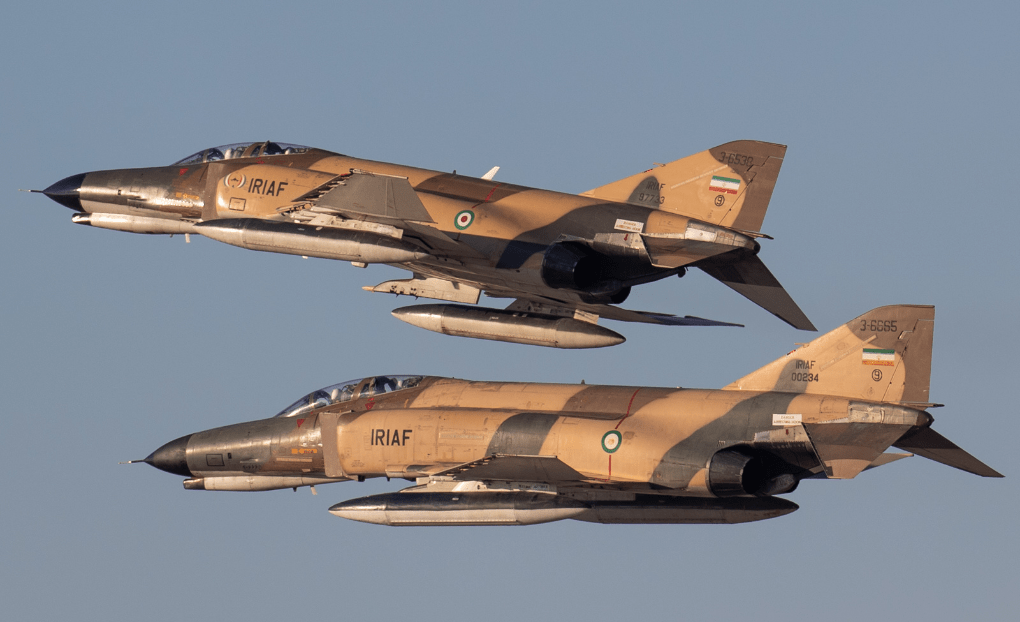
The finalized version of the first of this aircraft built was brought to active duty back in 1961 and at that time it went on to break several records for its times of ascension and the altitude. Back in 1962, the McDonnell Douglas F-4 Phantom II went on to break 8 records for altitude in a row. As for the last record break, it did for the controlled flight at an altitude of 100000 feet.
Combat Deployment
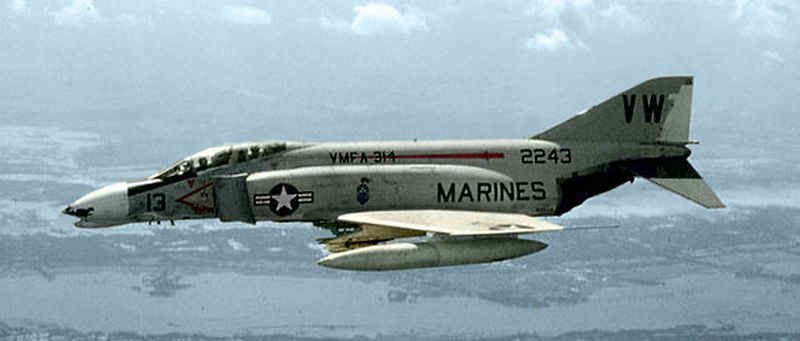
The aircraft saw the most action of its service during the Vietnam War bit that did came at a huge price. All in all, the McDonnell Douglas F-4 Phantom IIs used by both the Navy and the US Marine Corps; they achieved a total of 48 victories at a loss of nearly 78 aircraft. Still, only 5 of these were lost during the air-to-air combat missions. As for the rest of the losses, they were sustained due to the heavy fire of the AAA (Anti-Aircraft Artillery).
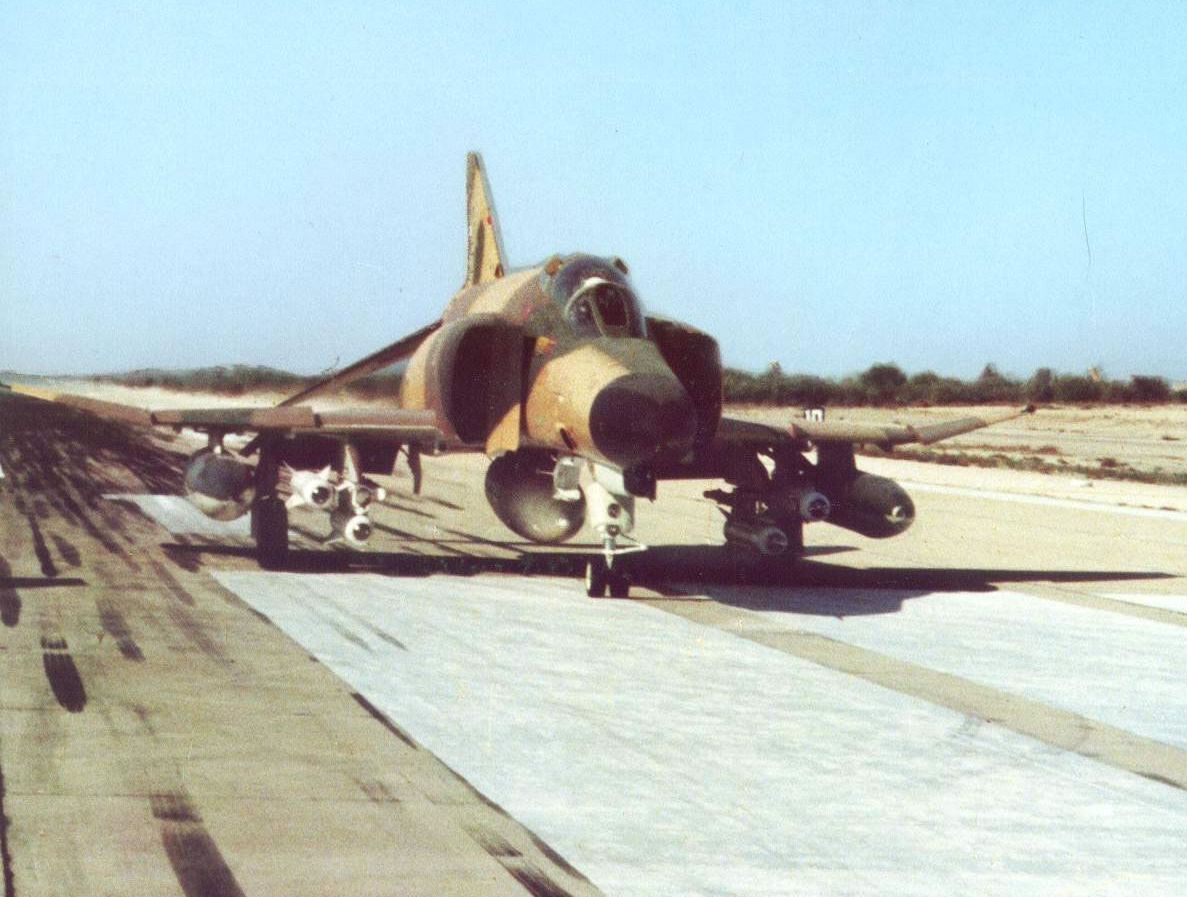
Due to the McDonnell Douglas F-4 Phantom II required to make short altitude flights for their bombing runs, they were easily distinguishable and clear for target by the enemy forces with the emerging radar technology as well as the controlled aerial defense fire. With these methods, enemy forces were not only able to distinguish the oncoming F-4 Phantom II’s but also predict their movement and strike them down precisely. These rendered the key features of the McDonnell Douglas F-4 Phantom II which were the ability to accelerate and made rapid climbs; utterly useless.
Firepower
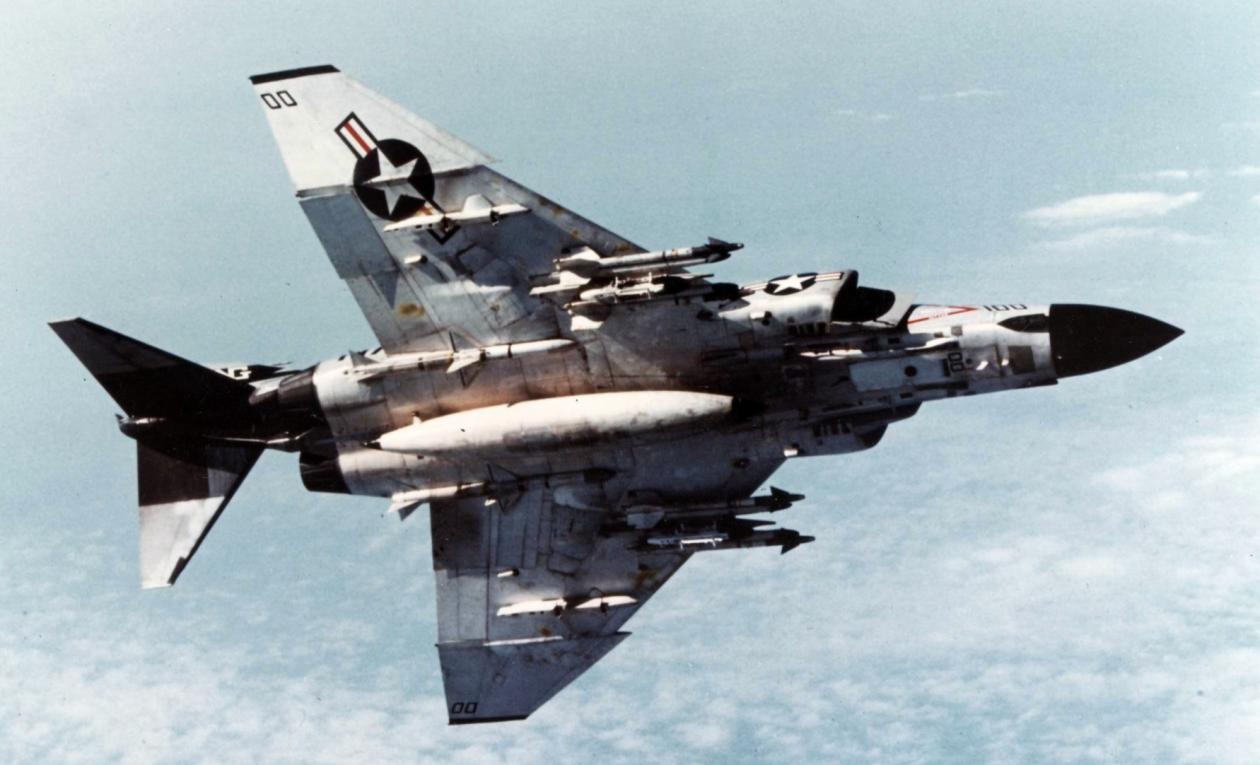
The losses compelled the US Navy and the USMC to learn from their mistakes made on the weapons choice for the McDonnell Douglas F-4 Phantom II. The aircraft had been equipped with the Sidewinder and the Sparrow missiles which were easily able to exploit by the electronic countermeasures of the enemy forces. This resulted in the utter failure of these missiles to strike a target.
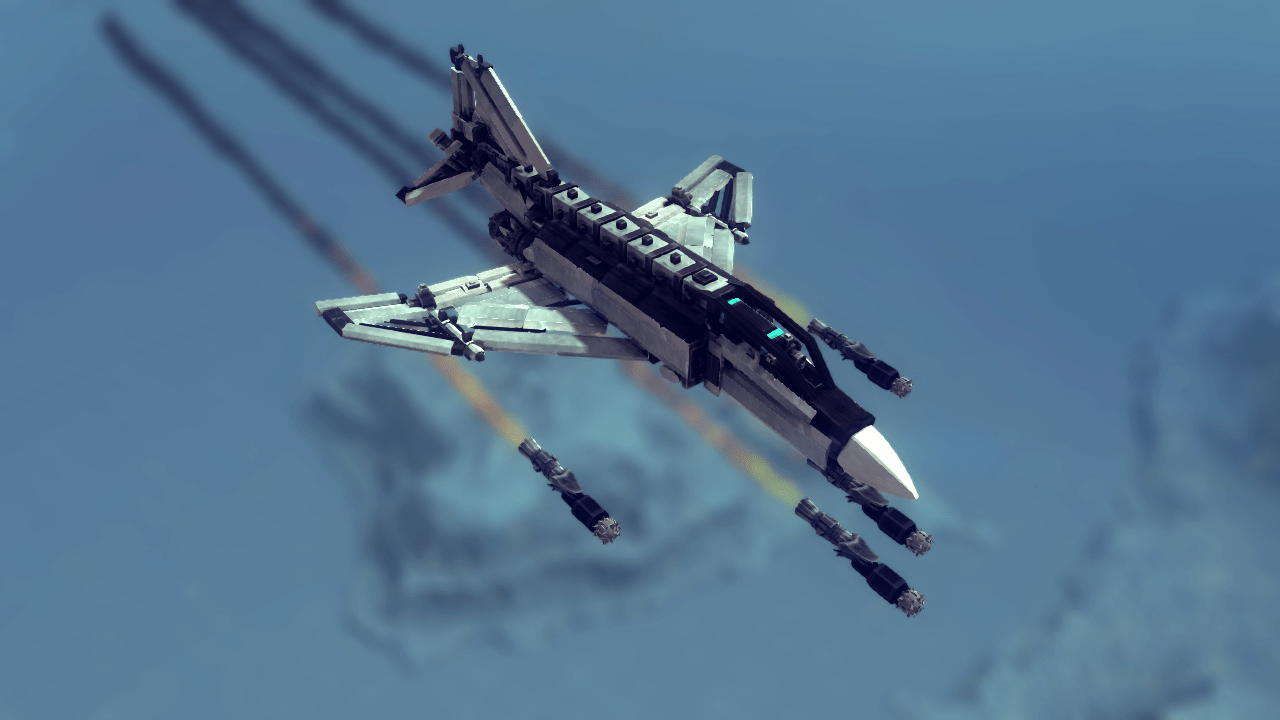
To counter this flaw in the weapon system, the McDonnell Douglas F-4 Phantom II was equipped with a 20 mm General Electric Vulcan rotary cannon which had 6 barrels. This cannon upgrade allowed the McDonnell Douglas F-4 Phantom II to engage with the ground troops effectively in case the missiles fail to perform their target strikes.
Continuous Upgrades
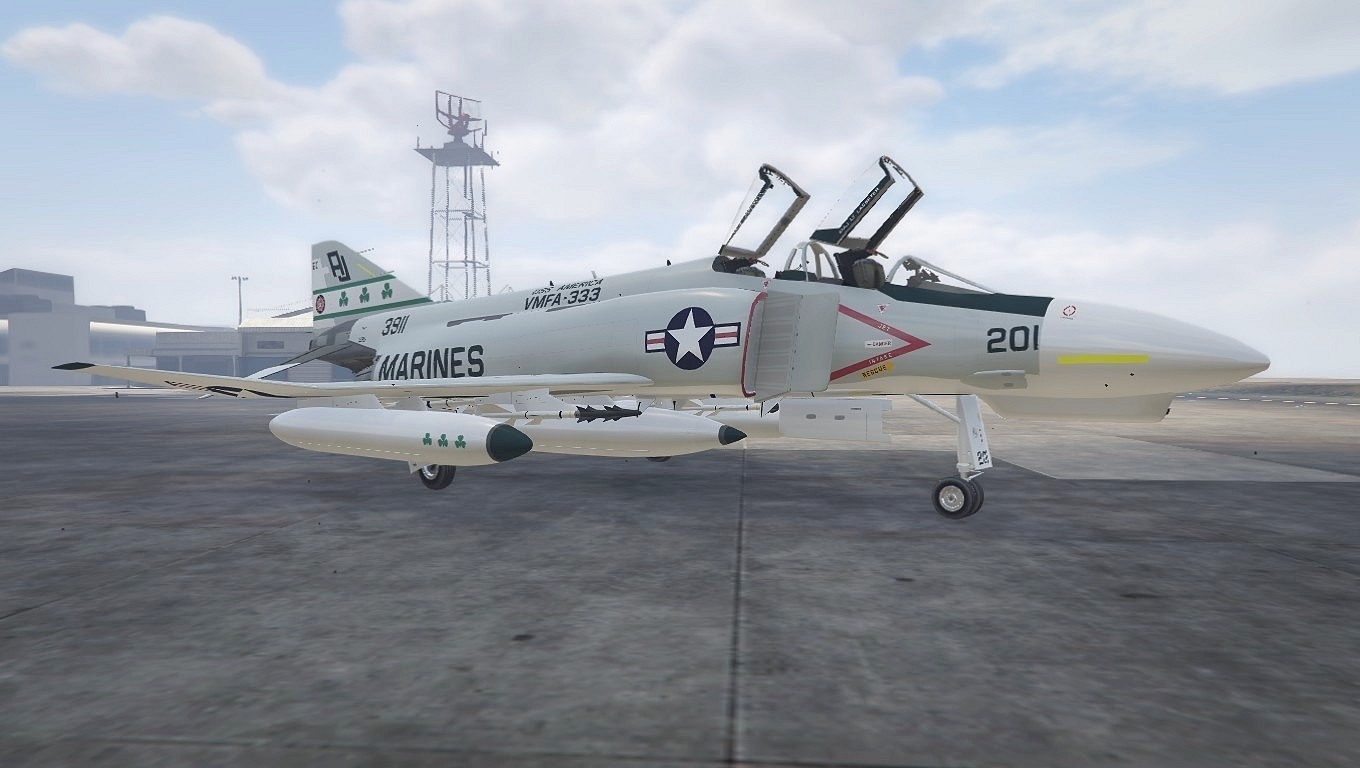
As time went by the technology saw advancements, more particularly in the field of warfare. The electronic warfare advancements allowed for the McDonnell Douglas F-4 Phantom II to be equipped with state of the art jamming pods as well as the ground bombing sensors. These upgrades allowed the McDonnell Douglas F-4 Phantom II to become not only a capable fighter but also a destructive bomber. With these advancements and upgrades, the McDonnell Douglas F-4 Phantom II went on to become the US navy’s multirole jet fighter.
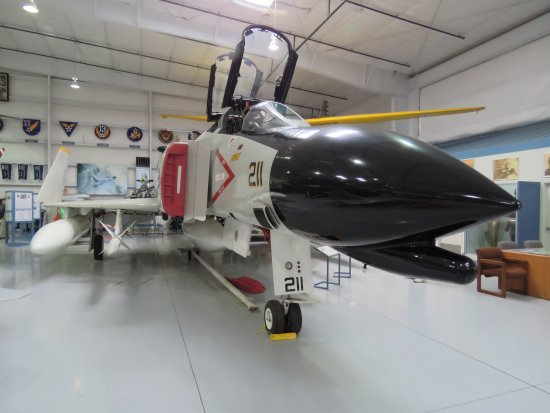
These were the reason that allowed for the McDonnell Douglas F-4 Phantom II to be I service of the US Navy in the active-duty line until 2004 despite it being effectively ended in 1996. Navy replaced the McDonnell Douglas F-4 Phantom II with the more advanced and Campbell fighter; the F-14 Tomcat.
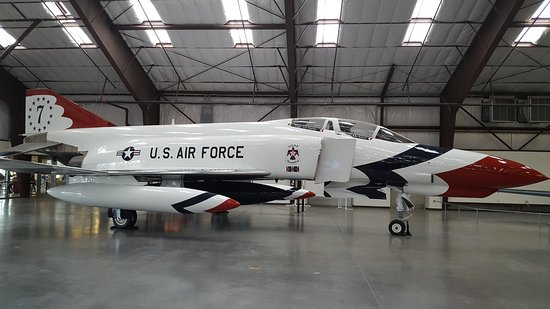
Related Content
Interesting facts about the McDonnell Douglas AV-8B Harrier II; The Light Attack Aircraft
Share this content:

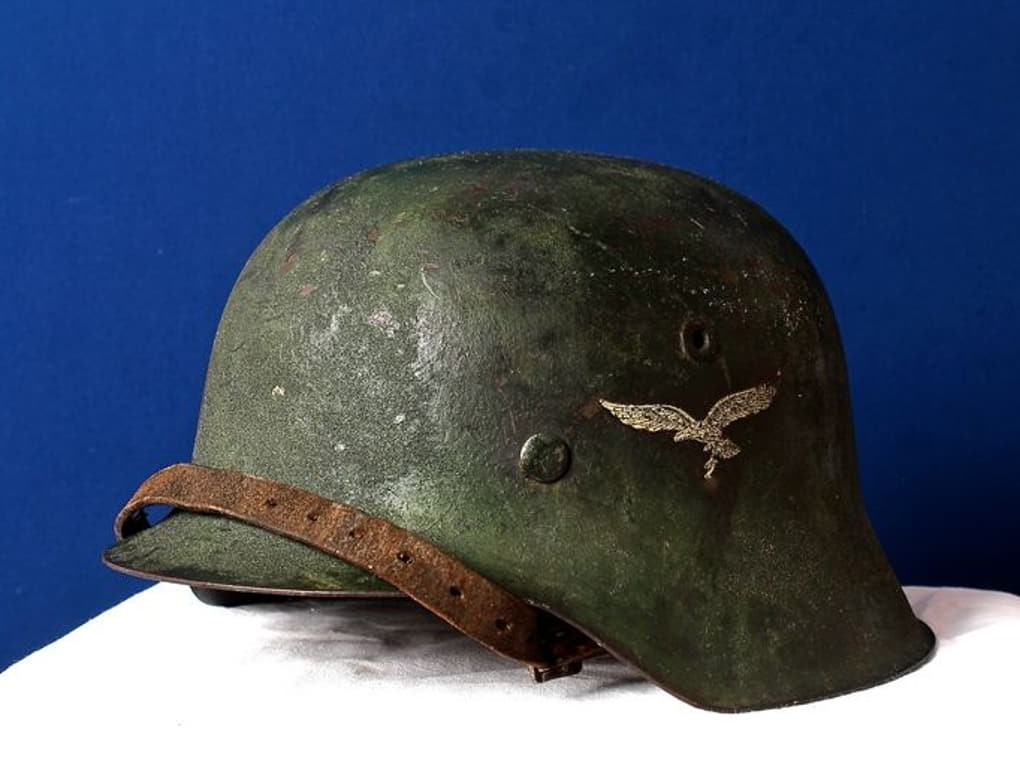
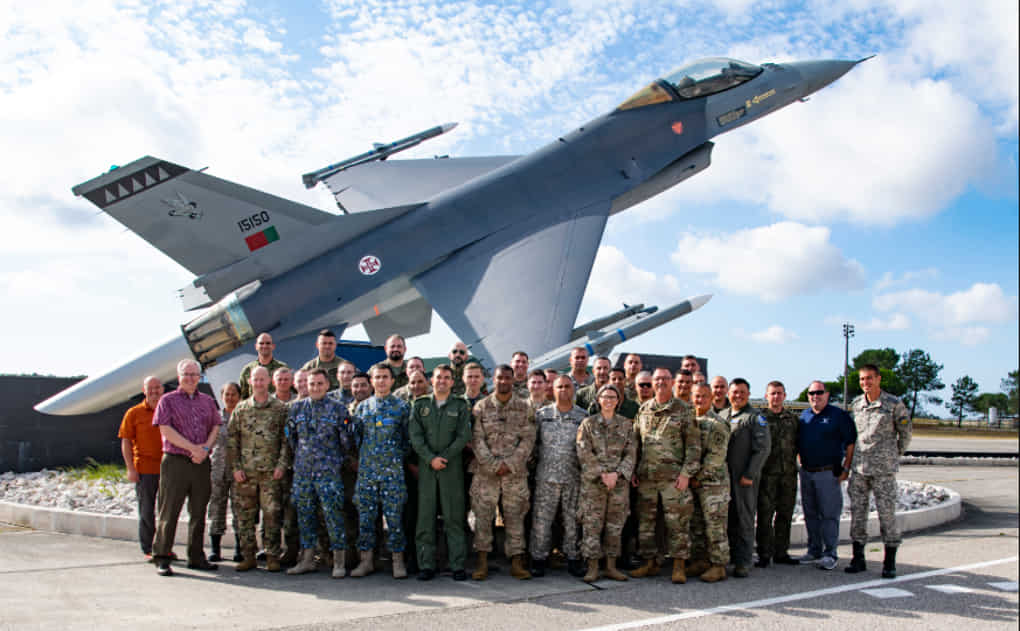
Post Comment